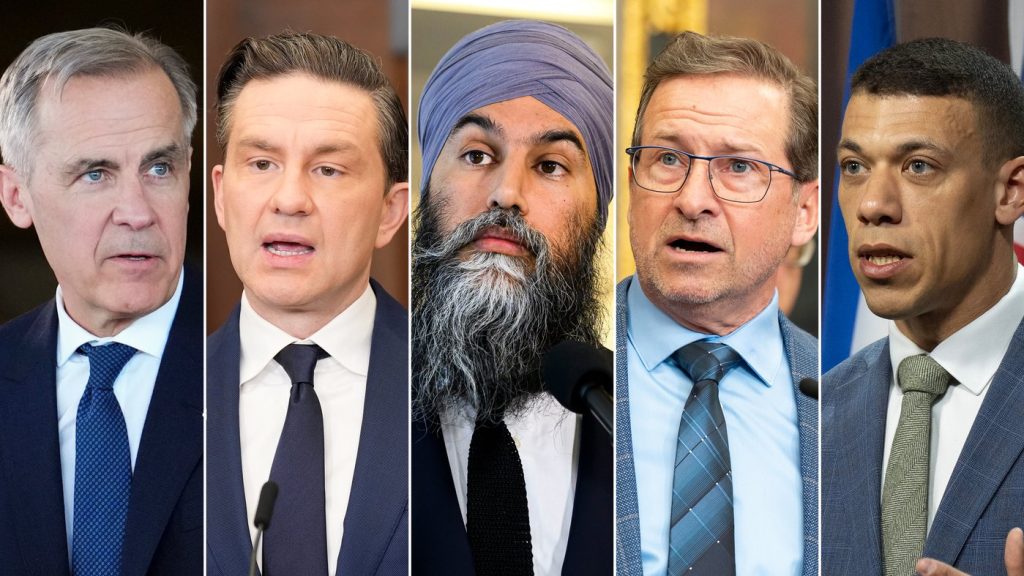OTTAWA — According to a new poll conducted by Leger, the federal Liberal Party of Canada is experiencing a significant rise in voter support, placing them ahead of the Conservative Party. The survey indicates that 44 percent of decided voters plan to cast their ballots for the Liberals in the upcoming election, while the Conservatives remain at 38 percent.
The poll was conducted online among 1,599 Canadians between March 21 and March 23, coinciding with the first day of the election campaign. However, due to the nature of online surveys, a margin of error cannot be applied to the results.
In a previous Leger poll released just a week earlier, the Liberals had 42 percent support, compared to 39 percent for the Conservatives, marking the first time the Liberals took the lead since early 2023. A poll taken two weeks prior showed both parties tied at 37 percent each.
Sébastien Dallaire, Leger's executive vice-president for Eastern Canada, stated that the current six-point lead for the Liberals is now considered "statistically significant." Dallaire also emphasized that the declining support for the New Democratic Party (NDP) reinforces that the election appears to be a two-horse race, asserting, "the NDP seems to be really far behind."
This turn of events marks a complete reversal for the Liberals, who were trailing significantly at the beginning of the year. On January 13, following former Prime Minister Justin Trudeau's announcement of his intention to resign, the Conservatives led with 47 percent of decided voters, while the Liberals and NDP trailed far behind with 21 percent and 17 percent, respectively.
Interestingly, nearly half of those polled, 48 percent, believe that the Liberals will win the election, while just under a third expect a Conservative victory. The Liberals' resurgence is attributed, at least in part, to Trudeau's departure and the political landscape shaped by U.S. President Donald Trump's policies, including threats of economic sanctions against Canada.
The ascension of Mark Carney as the leader of the Liberal Party has seemingly solidified this upward trend. The latest poll suggests that 39 percent of Canadians see Carney as the best prime ministerial candidate, compared to 28 percent for Conservative Leader Pierre Poilievre. Dallaire noted this notable 11-point gap speaks to Carney's current appeal, but emphasized the critical factor will be how well he can meet the expectations held by voters.
The Liberals maintain a lead in regions such as Ontario, British Columbia, Quebec, and Atlantic Canada. In contrast, the Conservatives remain the preferred choice in Alberta, Saskatchewan, and Manitoba. Gender dynamics also play a role, with the two parties tied among male voters at 42 percent each, while 46 percent of women support the Liberals compared to 33 percent for the Conservatives.
Voters aged 55 and older show strong support for the Liberals, while the Conservatives have a slight edge among younger demographics aged 18 to 54. Dallaire remarked that the current pressing issue for voters is managing the relationship with Trump and U.S. tariffs. As such, the "ballot box question" appears to hinge on which leader is better equipped to handle these challenges.
Dallaire suggested that as long as issues relating to Trump and tariffs dominate the discourse, Liberal Leader Mark Carney will likely benefit. He added that the Conservative Party would need to redirect the conversation toward pressing issues like affordability and inflation if they wish to regain ground in the polls.
It is important to note that the Canadian Research Insights Council specifies that online surveys, like the one conducted for this poll, cannot be assigned a margin of error. This report highlights the shifting political landscape in Canada as the election campaign begins.










